
views
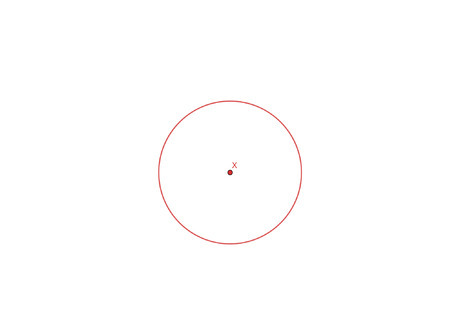
Draw an arbitrary circle, centred at a point X {\displaystyle X} X. Keep in mind that you will need some extra space around the circle for construction lines.
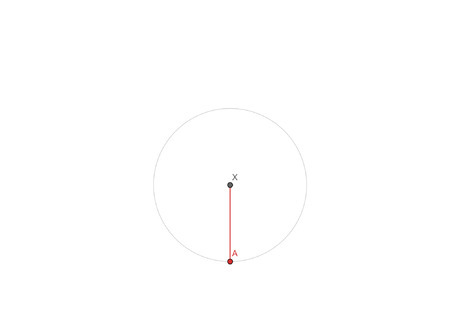
Draw the radius A X {\displaystyle AX} AX.

Draw a circle with radius A X {\displaystyle AX} AX, centred at A {\displaystyle A} A. This circle intersects the first circle at points B {\displaystyle B} B and C {\displaystyle C} C.
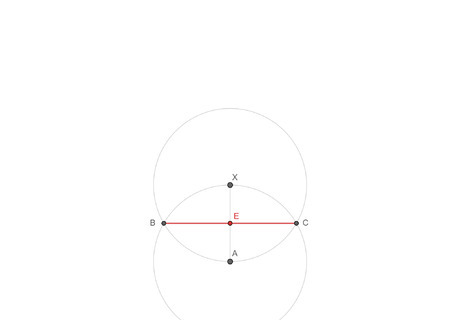
Connect B {\displaystyle B} B and C {\displaystyle C} C. B C {\displaystyle BC} BC bisects A X {\displaystyle AX} AX in E {\displaystyle E} E.
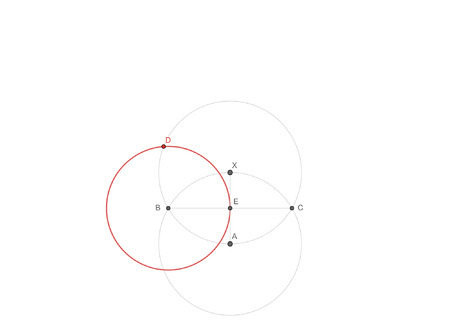
Draw a third circle with radius B E {\displaystyle BE} BE, centred at B {\displaystyle B} B. This circle intersects circle a in D {\displaystyle D} D.
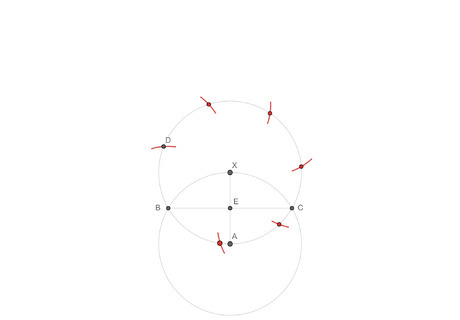
Use your compass to trace the distance BD around the circle. You should end up exactly where you started. There is an error of about .2% for this method, which is negligible for any heptagon that fits on a regular A4 piece of paper. If you don't end up exactly where you started, there were probably some inaccuracies with the construction tools (e.g. the thickness of the pencil).
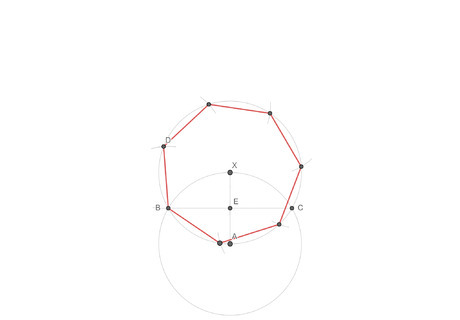
Connect adjacent vertices.

Erase the construction lines if needed.




















Comments
0 comment